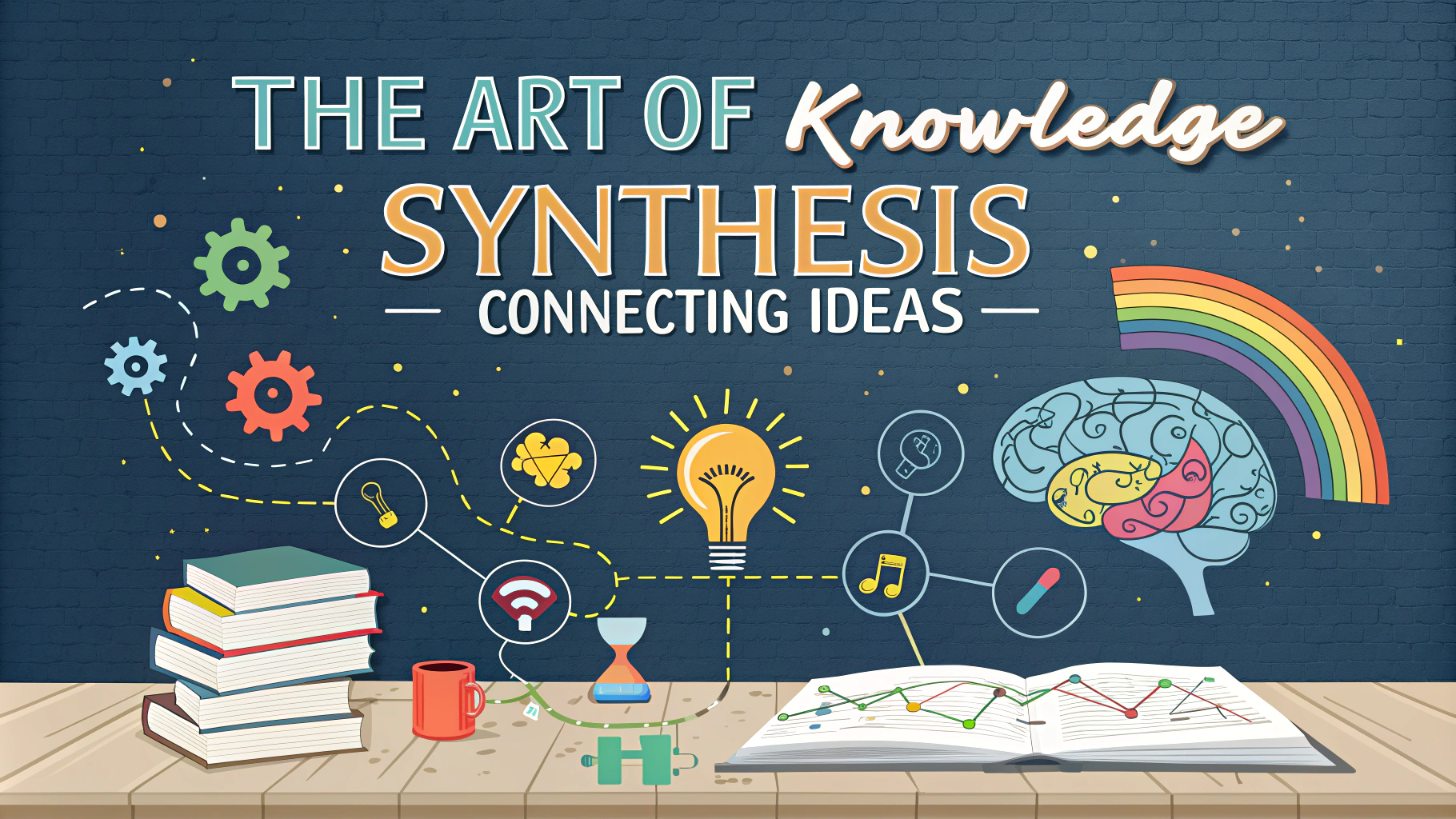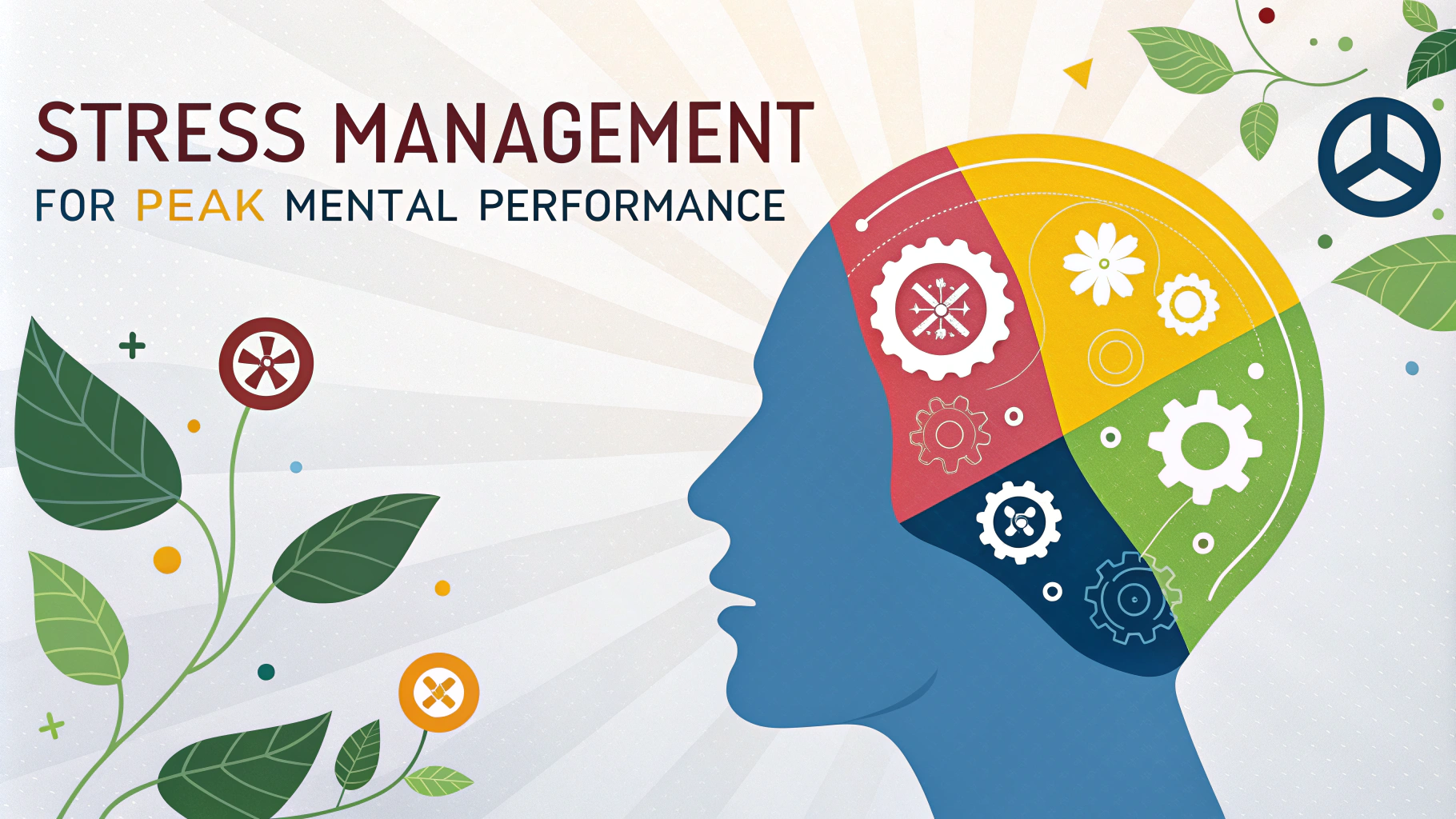Flow state, often called “being in the zone,” represents your peak mental performance where learning and productivity reach optimal levels.
Understanding Flow State
A flow state occurs when you’re completely immersed in an activity, losing track of time and self-consciousness while maintaining laser-like focus.
Key Elements of Flow State
- Clear goals and immediate feedback
- Balance between challenge and skill level
- Deep concentration on the task
- Loss of self-consciousness
- Altered sense of time
Triggers for Entering Flow State
Environmental and psychological triggers can help induce a flow state for accelerated learning.
Physical Environment Setup
- Minimize distractions (noise-canceling headphones recommended)
- Organize workspace (clean desk policy)
- Maintain comfortable room temperature (68-72°F)
- Use proper lighting (natural light when possible)
Mental Preparation
- Practice meditation (10-15 minutes before starting)
- Set clear intentions
- Break tasks into manageable chunks
- Remove digital distractions
Flow State Formula
| Step | Action |
|---|---|
| 1 | Choose a challenging but achievable task |
| 2 | Set clear goals and metrics |
| 3 | Create distraction-free environment |
| 4 | Use time-blocking (25-90 minute sessions) |
Recommended Tools and Resources
- Focus Apps: Forest, Freedom, RescueTime
- Noise Management: Brain.fm, Noisli
- Time Tracking: Toggl, Focus@Will
Common Flow State Blockers
- Multitasking attempts
- Irregular sleep patterns
- Poor nutrition
- Constant notifications
- Unclear objectives
Maintaining Flow State
Regular practice of entering flow state strengthens your ability to achieve it consistently.
Daily Practices
- Schedule fixed deep work periods
- Stay hydrated and maintain blood sugar levels
- Take strategic breaks (5-15 minutes between sessions)
- Track your peak performance times
For additional resources and personalized flow state coaching, contact the Flow Research Collective at flowresearchcollective.com.
Advanced Flow State Techniques
Progressive Challenge Scaling
- Incrementally increase task difficulty
- Match challenges with growing skill level
- Document performance improvements
- Adjust goals based on progress
Flow State Recovery
When flow state is interrupted, specific techniques can help regain focus quickly.
Recovery Methods
- Quick breathing exercises (4-7-8 technique)
- Movement breaks (2-minute stretching)
- Mental reset activities
- Environment adjustments
Long-term Flow State Development
Building sustainable flow state practices requires consistent attention to lifestyle factors.
Lifestyle Integration
- Regular exercise routine
- Consistent sleep schedule
- Mindful eating habits
- Stress management practices
Conclusion
Mastering flow state is a powerful tool for enhanced performance and learning. Success requires balanced attention to environmental factors, mental preparation, and consistent practice. Regular implementation of these strategies can lead to more frequent and sustained flow states, ultimately improving productivity and personal growth.
Action Steps
- Begin with one flow session daily
- Monitor and track your results
- Adjust techniques as needed
- Gradually increase duration and frequency
FAQs
- What exactly is a flow state and how does it enhance learning?
Flow state is a mental state where a person is fully immersed and focused on an activity, characterized by complete absorption, loss of self-consciousness, and optimal performance. During flow, the brain releases neurochemicals like dopamine and norepinephrine, which enhance pattern recognition, information processing, and memory consolidation. - How long does it take to enter a flow state?
It typically takes 10-15 minutes of uninterrupted focus to begin entering a flow state. However, this can vary based on individual experience and environmental conditions. Regular practice can reduce this entry time. - What are the key triggers for entering flow state while learning?
The primary triggers include clear goals, immediate feedback, challenge-skill balance, minimal distractions, deep focus, and intrinsic motivation. The task should be approximately 4% beyond your current skill level for optimal flow conditions. - Can flow state be achieved in any learning situation?
Flow state can be achieved in most learning situations that involve active engagement, but it’s most effective in activities that require skill development and have clear feedback mechanisms. It’s harder to achieve in purely passive learning situations. - What are the physiological signs that indicate you’re in flow state?
Physical indicators include altered time perception, decreased heart rate variability, increased alpha and theta brain waves, reduced prefrontal cortex activity, and often slower, more controlled breathing patterns. - How can you maintain flow state once you’ve achieved it?
Maintain flow by eliminating potential interruptions, staying hydrated, taking brief breaks every 90-120 minutes, maintaining optimal challenge levels, and ensuring clear progression markers in your learning task. - What environments are most conducive to achieving flow state?
Optimal environments feature minimal external distractions, comfortable temperature (around 70°F/21°C), adequate lighting, background noise levels below 70 decibels, and personally meaningful workspace organization. - How does flow state impact memory retention and skill acquisition?
Flow state enhances memory retention through increased focus and neuroplasticity. Research shows learning in flow can accelerate skill acquisition by 200-500% compared to normal learning states. - What are the common barriers to achieving flow state?
Common barriers include digital distractions, anxiety, insufficient challenge, lack of clear goals, poor physical state (hunger, fatigue), and environmental interruptions. Emotional stress and multitasking also inhibit flow state entry. - How often can you safely enter flow state for learning?
Flow state can be safely achieved 1-3 times daily, with each session lasting 60-90 minutes. Overuse can lead to mental fatigue, so it’s important to balance flow sessions with adequate rest and recovery periods.








